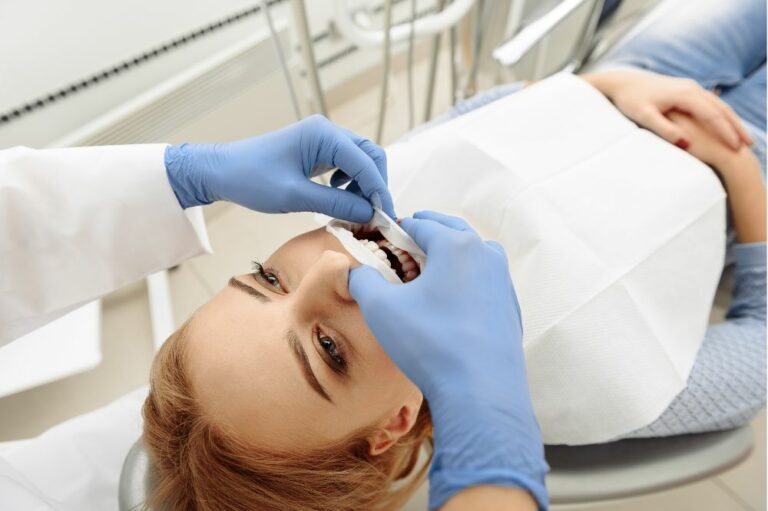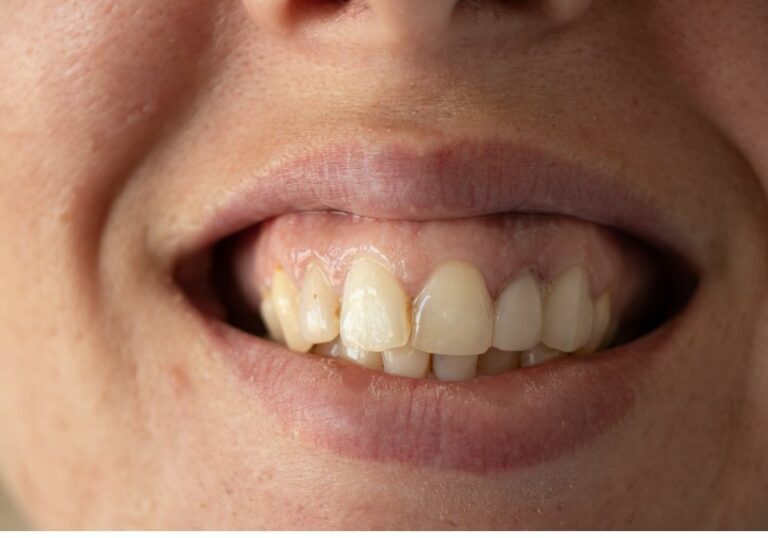Getting dental prosthetics like dentures, bridges, or implants that look natural is possible with today’s dental technologies. There are several options for artificial teeth that can closely mimic the appearance of natural teeth if properly crafted and cared for. Read on to learn more about the types of realistic fake teeth available and what’s involved in the process of getting them.
What Options Exist for Realistic-Looking Artificial Teeth?
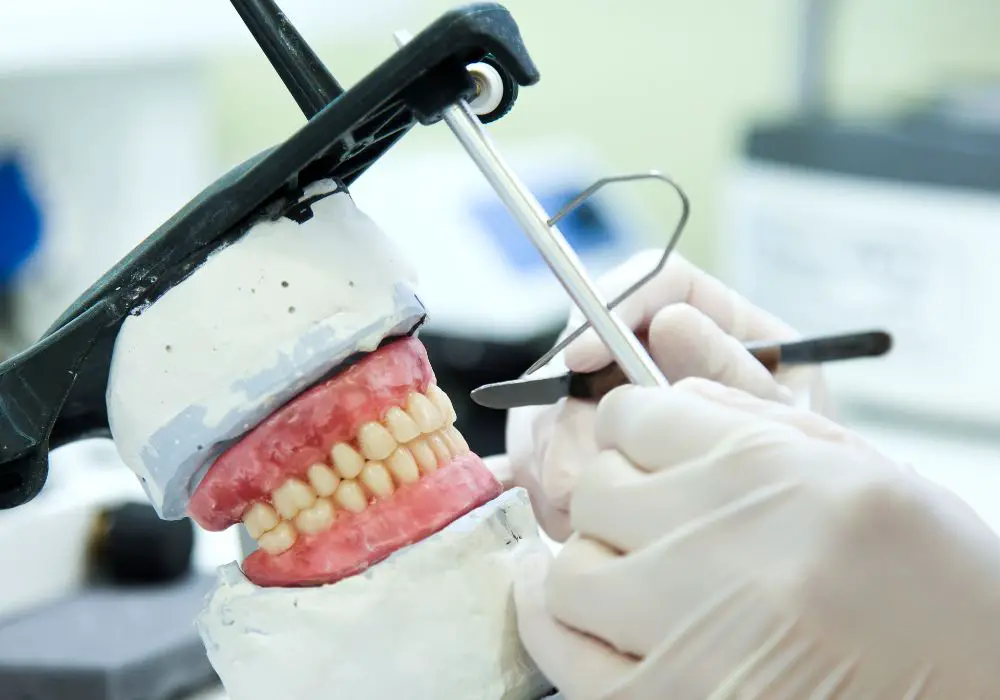
There are a few main types of dental prosthetics that can provide natural-looking and functioning replacement teeth if made precisely.
Dentures
Dentures are removable sets of artificial teeth that replace some or all missing natural teeth. Dentures can be an option whether you are missing just a few teeth or all your teeth.
- Full dentures are used when all teeth need to be replaced in a dental arch.
- Partial dentures fill in gaps left by a few missing teeth and are anchored to remaining natural teeth.
- Implant-supported dentures snap onto dental implants secured in the jawbone for added stability and retention.
Dentures are custom-fabricated based on impressions of your mouth, so fit your individual anatomy. Modern materials like porcelain or composite resin teeth mounted in gum-colored acrylic base plates can appear very lifelike. The artificial gums are sculpted to follow the contours of your gums and transition smoothly from the teeth.
With well-fitting dentures handled properly, you can speak, eat and smile with confidence. However, dentures may need to be relined or remade over time as your gums and bone change.
Dental Bridges
Dental bridges consist of artificial teeth fused between two crowns that are cemented onto natural teeth or implants bordering the gap from missing teeth. The anchoring teeth are slightly reshaped and crowned to support the bridge. Realistic-looking replacement teeth, called pontics, are attached between the crowns.
With porcelain or ceramic bridges, the pontics can be stained and polished to precisely match surrounding tooth color. High-grade metals like gold alloys are also used for strength under porcelain. Careful fabrication by a skilled dental technician can result in a seamless, natural appearance.
Dental Implants
Dental implants are artificial tooth roots made of biocompatible titanium that are surgically placed into the upper or lower jawbone. Following osseointegration where the bone fuses to the implant surface, abutments and realistic-looking porcelain crowns are affixed to the implants.
The customized crowns are shaped and colored to blend perfectly with your natural teeth. Compared to other tooth replacements, implants most closely recreate the look and feel of strong, natural teeth. They also allow for easier eating and chewing versus removable dentures.
Implants are the most involved and expensive option, but provide the most natural and durable solution for total tooth loss.
Dental Veneers
Dental veneers are thin facings, like contact lenses for teeth, that are bonded directly to the fronts of existing teeth. Usually made of porcelain, veneers can reshape and recolor teeth to give you a flawless, bright white smile.
Veneers offer an immediate aesthetic fix for chipped, worn, misaligned, stained or gapped teeth. Since they require minimal removal of natural tooth structure, veneers are a more conservative option versus crowns when only a color change is desired. The veneers’ porcelain can be tinted to seamlessly blend with surrounding teeth.
What Makes Artificial Teeth Look Real?
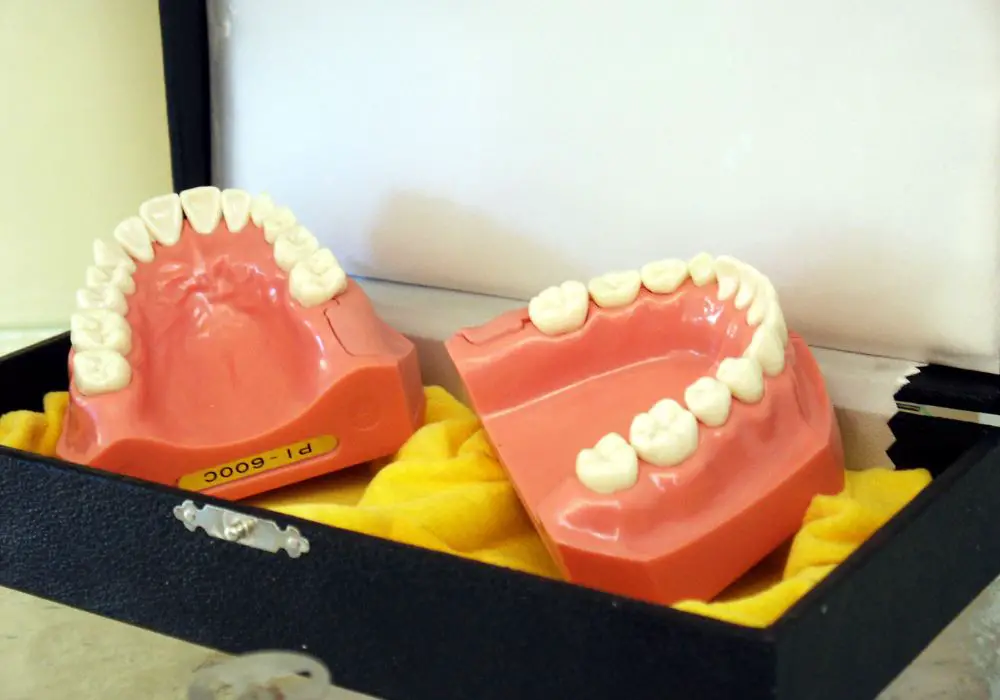
There are a few key elements that allow fake teeth to closely mirror natural teeth:
Precise Shape and Size
Artificial teeth are custom-fabricated based on impressions and models of your actual teeth. This ensures the shape, length and size of the prosthetics match your natural tooth anatomy for a seamless fit.
Color Matching
The artificial teeth are carefully shaded and layered to match your surrounding teeth hues and patterns. Natural light reflections and translucent effects seen in real tooth enamel are also replicated.
Realistic Materials
Dental ceramics like porcelain most closely mimic the look, feel and polish of natural tooth surfaces. Composite resins can also be layered and sculpted for life-like results. The attached gums are colored to blend with your real gums.
Proper Fit
A prosthetic that fits comfortably within your bite and mouth without impacting your speech gives it away as artificial. Your dentist ensures optimal fit with impressions, constant try-ins, and adjustments during fabrication.
Precision Implant Placement For implants, advanced computer imaging helps determine the most ideal implant positioning to support the custom crowns for natural form and function.
What’s the Process for Getting Realistic Fake Teeth?
Getting natural-looking artificial teeth takes careful planning and skill. The process usually involves:
Exam and Planning
Your dentist will examine your oral condition, remaining teeth, and smile goals. Options will be presented and a treatment plan mapped out for which type of lifelike prosthetic is best for you.
Tooth Preparation
Anchor teeth may need reshaping or crowning to adequately support a bridge or denture. For bridges, surrounding teeth are prepared and temporaries placed.
Impressions
Detailed impressions will be taken of your teeth and gums. Plus, measurements, bite registration, and photos help replicate your anatomy.
Model Creation
The impressions are used to fabricate plaster models that precisely match your mouth’s shape. This helps design and test the prosthetic before final placement.
Custom Fabrication
Skilled lab technicians follow specifications from your dentist to carefully craft the realistic artificial teeth and gums from chosen materials.
Fittings & Adjustments
You will try in the prosthetic to test comfort, function, and aesthetics. Your dentist fine-tunes the fit during multiple appointments before permanent placement.
Bonding or Cementing
Once the optimal realism and performance is achieved, your dentist permanently secures the artificial teeth using dental adhesives or cement.
Follow-up Care
Ongoing hygiene visits and adjustments help maintain the realistic look and function. Be sure to follow all recommended care instructions.
Proper oral hygiene and regular dental checkups are key to preserving realistic looking fake teeth for the long term. Be sure to communicate any problems or discomfort right away before they worsen.
What Are the Typical Costs for Realistic Artificial Teeth?
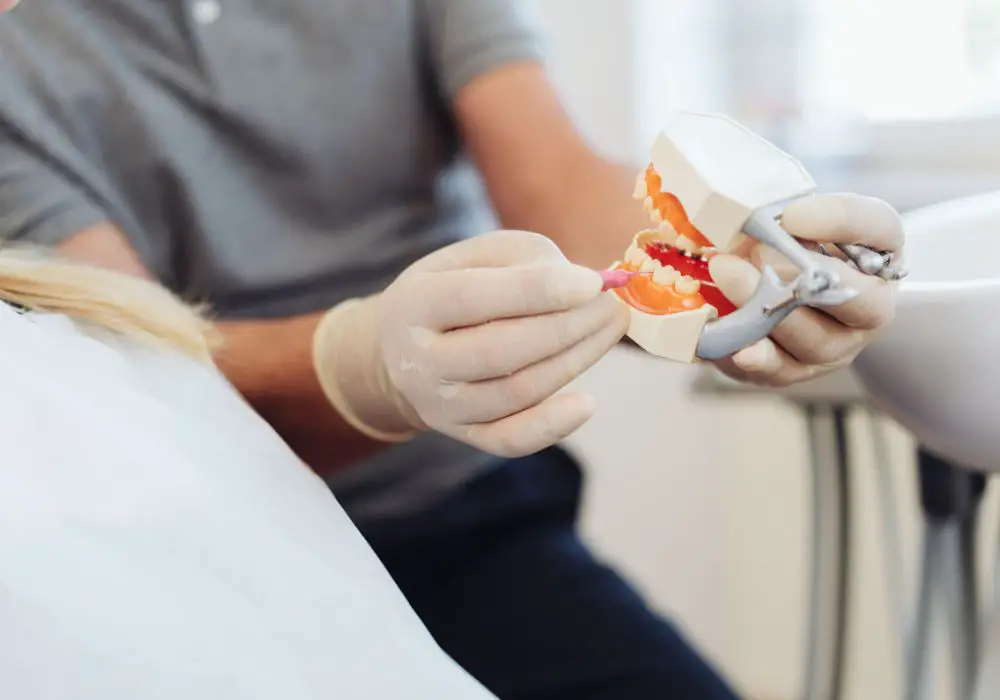
The costs for dental prosthetics depends on several factors:
- Type of restoration (denture, bridge, implant)
- Number of replacement teeth needed
- Materials used
- Bone grafting or extra procedures
- Dentist specialty skills
On average, fees tend to range approximately:
- Partial Denture – $500-$1,500 per arch
- Complete Denture – $800-$2,500 per arch
- Dental Bridge – $500-$1,500 per unit
- Dental Implant – $1,500-$3,000 per implant
Going with the highest quality materials and specialized dentist can increase costs but help ensure optimal durability and aesthetics. Dental insurance may cover portions of major tooth replacement procedures. Third-party financing options can also make costs more manageable.
Answers to Common Questions About Fake Teeth
How Long Do Artificial Teeth Normally Last?
With diligent at-home care and professional maintenance, good quality fake teeth can last 5-15 years or longer. Porcelain and implant-retained teeth tend to have the greatest longevity.
Can Fake Teeth Fall Out?
Well-made prosthetics should not detach with normal eating and functions. However, bonding materials and ridge resorption can cause loosening over time. See your dentist promptly if they feel loose.
Do Fake Teeth Change Facial Appearance?
Replacing missing teeth can provide support for natural facial contours and skin. Realistic prosthetics integrate with your natural teeth to restore a fuller, more vibrant smile.
Can You Whiten Fake Teeth?
Porcelain or resin prosthetics can be professionally whitened just like natural teeth. Dentures must be removed during whitening application. Veneers may only require re-polishing versus bleaching.
Do Dental Implants Need Special Care?
Implants can attract plaque so require diligent brushing and flossing. However, with proper hygiene and professional care, they can last for decades.
Getting artificial teeth that look amazingly real is possible when working with a skilled dentist. With customized design and materials, your unique smile can be beautifully restored for renewed function and confidence. Be sure to follow all recommended care and maintenance guidelines.

